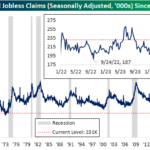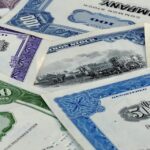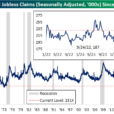
Three years ago, the Fed had begun tightening and all other central banks were still on easy street. Now, we are at an inflection point where the Fed is now the outlier. Other central banks are likely to tighten more than the Fed. That’s negative for the US dollar and positive for longer duration US Treasuries.
Policy divergence was the watchword in late 2014. As Europe struggled to extract itself from the ravages of the sovereign debt crisis, the Fed was already tightening by freezing its balance sheet. By December 2015, it began to hike rates. But recently, there has been a shift in Fed policy – I think toward dovishness. St. Louis Fed President Jim Bullard has been way ahead of the curve here because he foreshadowed the shift in February. Take a look at how the news release at the St. Louis Fed expressed his views at the time:
“Now that the policy rate has been increased, the FOMC may be in a better position to allow reinvestment to end or to otherwise reduce the size of the balance sheet,” he said.
In addition, Bullard noted that current FOMC policy is distorting the yield curve. “The current FOMC policy is putting some upward pressure on the short end of the yield curve through actual and projected movements in the policy rate,” he said, adding, “at the same time, current policy is putting downward pressure on other portions of the yield curve by maintaining a $4.45 trillion balance sheet.”
He noted that this type of “twist operation” does not appear to have a theoretical basis and that a more natural normalization process would allow the entire yield curve to adjust appropriately as normalization proceeds.
He concluded, “Ending balance sheet reinvestment may allow for a more natural adjustment of rates across the yield curve as normalization proceeds.”
What Bullard was saying in February was that if the Fed raised rates too quickly, it would flatten the yield curve and could choke off recovery. He said in February “adjustments to balance sheet policy might be viewed as a way to normalize Fed policy without relying exclusively on a higher policy rate path.” And this is, in fact, now officially Fed policy.















